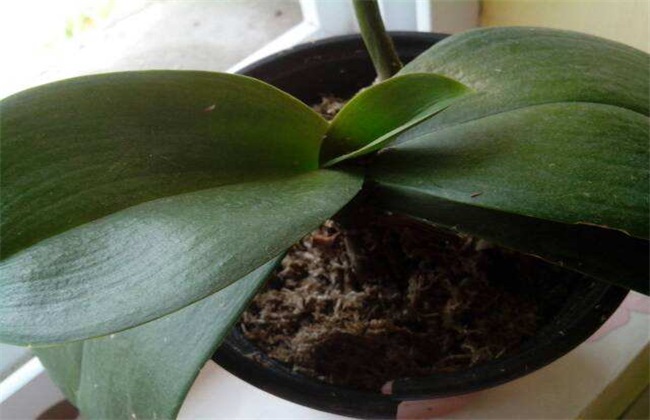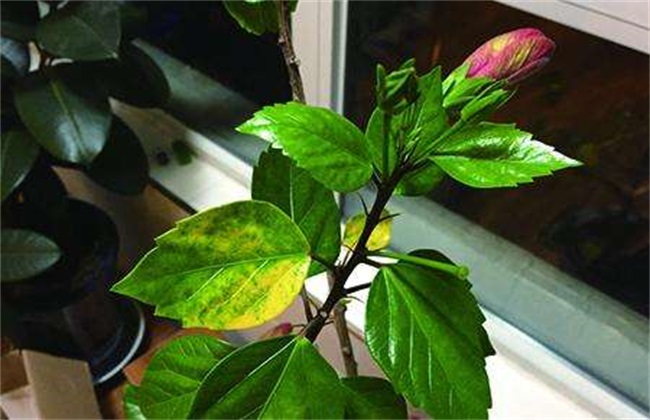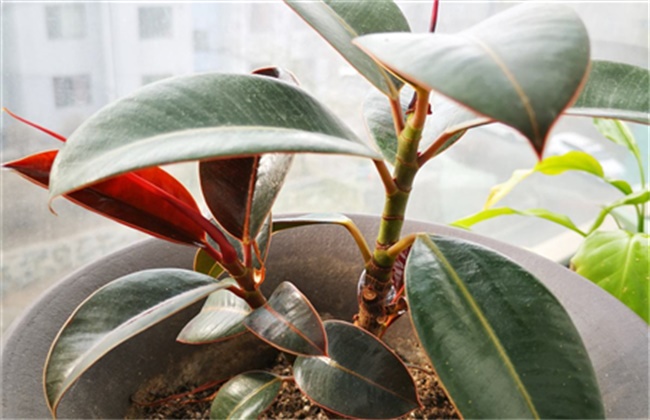What about black leaves?
Phalaenopsis is still quite common in our daily life. Phalaenopsis flowers are shaped like butterflies and are welcomed by many people. Its ornamental value is very great, but Phalaenopsis is not as easy to grow as imagined. For example, the leaves of Phalaenopsis are often blackened in planting. So what should I do if the leaves of Phalaenopsis turn black? The following editor will give you a brief introduction, let's have a look!

1. Shading in time
Phalaenopsis is a kind of flower that likes to grow in a semi-shady environment, and its tolerance to strong light is relatively poor. If exposed to strong light, then the leaves are easy to burn, leaf photosynthesis is blocked, resulting in the gradual emergence of black spots, dry and so on. Therefore, when we are protecting Phalaenopsis, we should pay attention to creating a cool and ventilated environment for Phalaenopsis. Prevent the leaves from direct sunlight and provide them with an appropriate amount of scattered light. When the sun intensity is strong at noon, we must pay attention to shading to ensure the normal growth of Phalaenopsis.
2. Strengthen ventilation
In the growth of Phalaenopsis, the requirement of air quality is relatively high. If the air quality is too poor, it will have a great impact on the growth of Phalaenopsis. Therefore, we should pay attention to do a good job of ventilation, improve air quality, and if there is no ventilation for a long time, it will lead to excessive humidity, harmful gases and so on, resulting in leaf damage and blackening. Therefore, we should ensure good ventilation and ventilation, discharge harmful gases, and pay attention to regularly wipe the leaves on Phalaenopsis plants to maintain leaf glossiness.
3. Rational fertilization
Improper fertilization is also one of the main reasons for the blackening of Phalaenopsis leaves. When fertilizing, if the fertilizer is accidentally dripped on the leaves of Phalaenopsis, the heat generated by the fertilizer will cause the leaves to burn and cause fertilizer damage, resulting in black spots and gradually blackening of the leaves. Therefore, when we apply fertilizer, we should be careful to apply it lightly. Must not let fertilizer drop on the leaves, if there are drops, then we should pay attention to timely cleaning with clean water, can be saved the first time, if it has been irreparable, then the damaged leaves should be removed.
4. prevention and control of anthrax.
Anthracnose can also cause Phalaenopsis leaves to blacken. Especially in high temperatures in summer, if the air circulation is poor, then Phalaenopsis is extremely susceptible to anthrax, the first symptom of anthrax is to cause black spots on the leaves. The prevention and control of anthracnose should first put Phalaenopsis in a cool and ventilated place, and pay attention to regularly spraying water to cool down. Then cut off the diseased leaves to avoid the spread of the disease, and then properly spray carbendazim, about once a fortnight to avoid recurrence.
The above is a brief introduction to how to blacken the leaves of Phalaenopsis. That's all for today's introduction. This article is for reference only. I hope it can help you all.
Related
- Fuxing push coffee new agricultural production and marketing class: lack of small-scale processing plants
- Jujube rice field leisure farm deep ploughing Yilan for five years to create a space for organic food and play
- Nongyu Farm-A trial of organic papaya for brave women with advanced technology
- Four points for attention in the prevention and control of diseases and insect pests of edible fungi
- How to add nutrient solution to Edible Fungi
- Is there any good way to control edible fungus mites?
- Open Inoculation Technology of Edible Fungi
- Is there any clever way to use fertilizer for edible fungus in winter?
- What agents are used to kill the pathogens of edible fungi in the mushroom shed?
- Rapid drying of Edible Fungi



